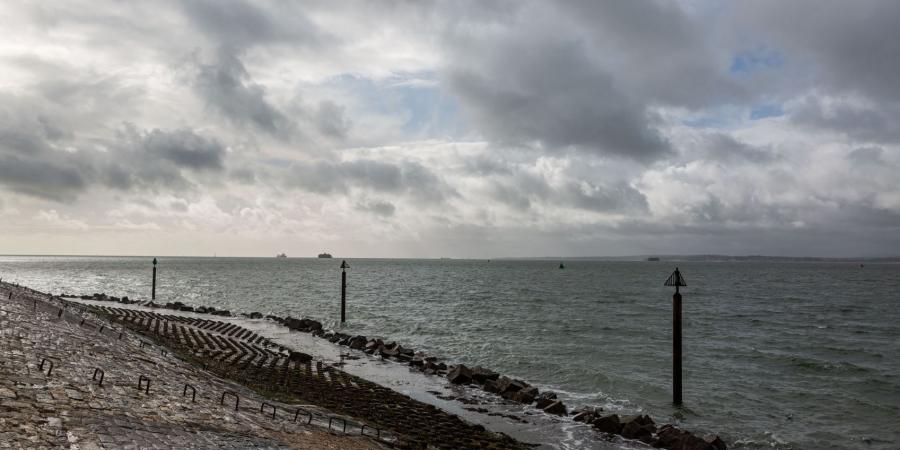We are proud to announce that the the Sub-Frontage 1 section of the Southsea Coastal Scheme has received the Environment Agency’s Flood and Coast Excellence Award in the Climate Resilient Places category. The project was delivered with Coastal Partners, alongside Portsmouth City Council, Volker Stevin, Boskalis Westminster, Royal HaskoningDHV and Idadesign. This category received over 90 submissions and we are delighted that it was selected amidst such tough competition. The overall project encompasses 4.5km, from Old Portsmouth to Eastney, and will help to reduce the risk of flooding to more than 10,000 homes and 700 businesses.
Our work, in conjunction with Historic England and Portsmouth City Council, involved monitoring the instalment of new sea defences and recording any finds or structures this may uncover. This section of the scheme encompasses the nationally important Long Curtain moat, King’s Bastion and Spur Redoubt which forms part of the historic defences which previously encircled Portsmouth, designed by the military engineer to King Charles II, Sir Bernard de Gomme.


Our Principal Heritage Consultant, Naomi Brennan, said: ‘Wessex Archaeology has formed part of the integrated design team offering heritage advice and support right from the early design stages through to archaeological fieldwork during construction. Our staff from consultancy, built heritage, geomatics, geoarchaeology and fieldwork have all worked on aspects of the scheme.’
The works allowed parts of the monuments to be temporarily cleared of beach gravel which enabled them to be more fully recorded. Interestingly, a revetment wall which appears to form part of the 18th century sea defences was also uncovered and we were able to advise on its preservation going forward. The majority of our finds dated from the 19th and 20th century and included glass bottles, sherds of pottery and a Victorian bell.
Read more about the project on the Coastal Partners website or Wessex Archaeology’s report on the Archaeology Data Service.
